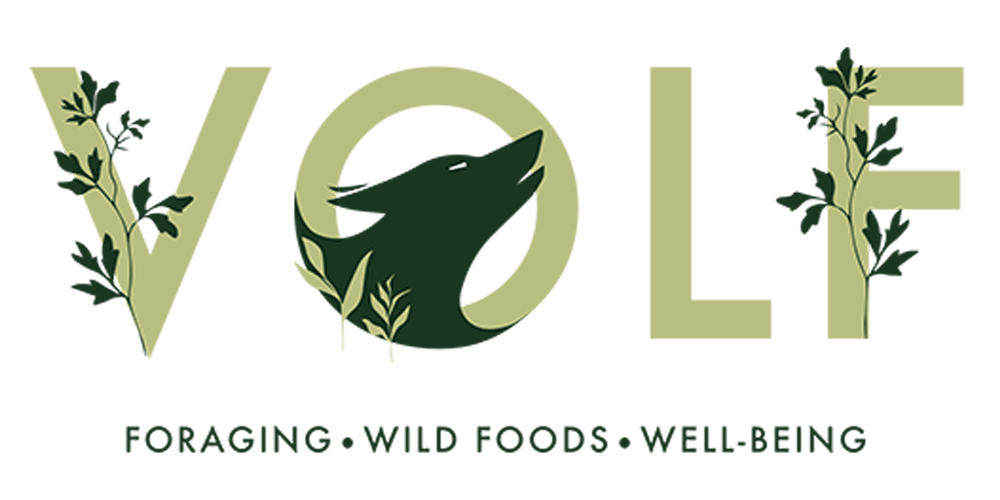Japanese Knotweed
How To ID Me And What I’m Good For?
My ID Features:
Stems & leaf
Stems
Leaves & stems.
Young stems.
Flowers
Japanese knotweed
Latin Name - Reynoutria japonica.
Common Names - Japanese Knotweed, Asian Knotweed.
Family - Polygonaceae.
Season - Spring (for foraging).
Edible bits - Stems (roots requires research).
Habitat - Pretty much anywhere. We’ve found it mostly growing on wasteland, abandoned gardens and riversides.
Possible Confusion - Hard to confuse with other species, most likely Giant Knotweed (F. Sachalinesis). Though hybridisation does exist.
Description - The young shoots of Japanese knotweed can be used in any recipe requiring rhubarb. They are best harvested when young and a super easy forage, simply snapping the tops off with your fingers. They make an excellent jam or puree! Originally brought to the UK from east Asia as a garden plant in the 1800’s. First recorded in the wild in 1886, it has become very invasive, strangling our native plant populations.
Physical Characteristics - They have hairless hollow stems with flecks of green/red. In its maturity it can grow between 2-3 metres tall! The stems can look somewhat like bamboo. Plants that are immature or affected by mowing have thinner and shorter stems and are not hollow.
The new leaves of JK are red, maturing to green young leaves that are rolled back with red veins. At Maturity bright green oval leaves narrowing abruptly to a point, grow in thickets.
Small cream or white flowers produced in late summer and autumn.
Medicinal Qualities - Resveratrol derived from the roots is antioxidant, anti-inflammatory and antimutagenic. Studies continue on its benefits for brain conditions such as Alzheimer’s & studies are being conducted for benefits for such things as diabetes.
Harvesting Sustainability - Japanese Knotweed is a massively invasive plant. So much so that it is actually illegal to dispose of any cuttings of this plant. If you have Japanese Knotweed growing on your land you are required by law to notify your local council. So it’s best to consume all that you pick. In terms of sustainably, you would actually be doing your environment a favour by eating it.
Important note - It is worth noting that JK is often treated with dangerous chemicals to eliminate it from that environment. So be careful you are picking from a clean source.
Never munch on a hunch! Volf takes no responsibility for anything consumed.





